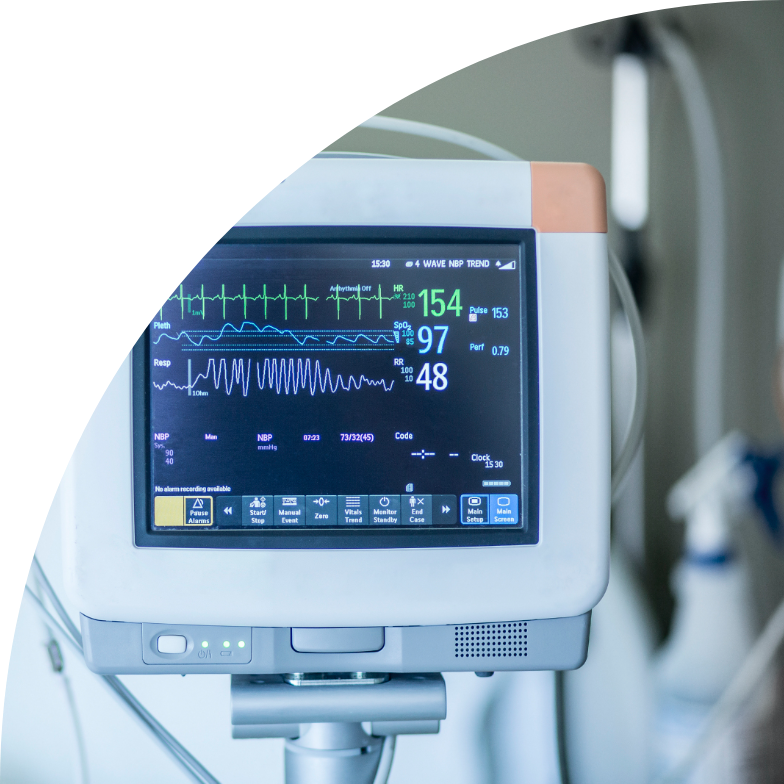MDR
On 26 May 2021, EU regulation 2017/745 (Medical Device Regulation, MDR) is scheduled to come into full effect, thus amending the Medical Device Directive (MDD).
The introduction of MDR triggers significant changes to the regulatory landscape for medical devices and adds new requirements for clinical investigations. Specifically, MDR specifies that clinical investigations should be in line with ISO14155 on good clinical practice (MDR(64): p 9) and that sponsors should provide evidence that clinical investigations are conducted in line with good clinical practice (MDR Annex XV Chapter III point 6: p.172). In addition, under the MDR both pre- and post-market studies are considered a clinical investigation, which extends the requirements to comply with good clinical practice to post-market trials, both interventional and observational types.
In July 2020, the long expected ISO14155:2020 was published and was therefore immediately in effect. This ISO14155 version specifically reinforces its applicability to the various post-market study types, including observational (PMCF) clinical investigations. Since applicability of ISO14155 extends to all clinical investigations that involve human subjects, this also impacts Investigator Initiated Studies and registries.

ISO14155
The purpose of ISO14155 is to address good clinical practice for clinical investigations with medical devices, and ultimately to protect the rights, safety and wellbeing of human subjects in clinical trials (in alignment with the Declaration of Helsinki).
The first version of ISO14155 (part 1 and part 2) was published in 2003, followed by the updated version in 2011 (ISO14155:2011). The standard crept more and more to the E6 ICH-GCP standard, and in the current ISO14155:2020 version, a list of E6 CH-GCP principles is quoted in the document.
Considering the first version of GCP was launched nearly 8 years earlier than the first ISO14155 version, with requirements in much more detail, the quality of clinical research with medical devices has come a long way since, and is still evolving, hence the MDR and ISO14155:2020 release.
Compliance
Due to MDR, manufacturers need to ensure that all their data used in CER’s, PMCF reports, etc coming from clinical investigations, is collected in compliance with ISO41511. Although the standard does provide a few examples of exceptions for observational studies (Annex I), the basics are still required.
A few of these are listed below:
- Clinical Quality procedures (SOPs) describing the clinical investigation processes must be in place and the clinical investigation must be done according to this Clinical Quality Management System (QMS).
- Data must be collected and processed in a way that enables control, traceability, reliability and integrity of the data. This means no more excel sheets for data collection, but the use of a validated database (and eCRF).
- The study protocol, or CIP (Clinical Investigation Plan) must be developed in line with ISO14155 requirements (Annex A).
- The study data must be monitored in some way, either on-site, remote and/or centralized, depending on the nature of the investigation. The justification for the decisions made must be captured in the (risk-based) monitoring plan.

Practical
Although the requirements might seem overwhelming, they can be easily achieved with a firm basis of a comprehensive and practical set of clinical procedures. Common Sense Clinical can provide these for your study or complete program. Please contact us for more information.
Send us a mail